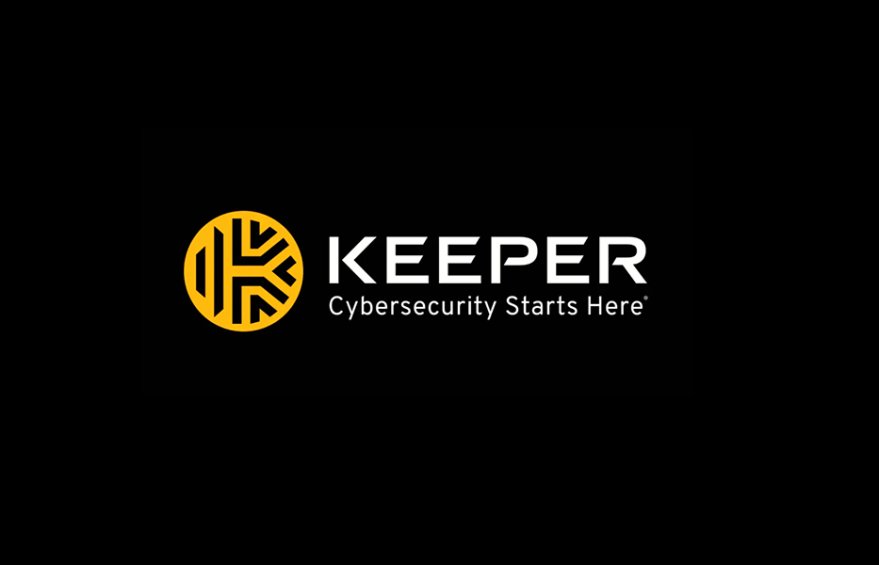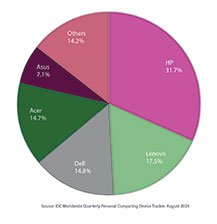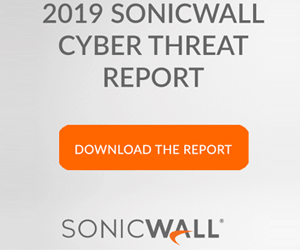
The Indian Flag
According to the latest report by Kaspersky, one of the leading endpoint security products & services companies, over 34 percent of users in India were targeted by local threats in the year 2023. Kaspersky products detected and blocked 74,385,324 local incidents on the computers of Kaspersky Security Network (KSN) participants in India placing the country in 80th position worldwide.
These statistics represent the malicious programmes found directly on users’ computers or removable media connected to them (flash drives, camera memory cards, phones, external hard drives) or that initially made their way onto the computer in non-open form (for example, programmes in complex installers or encrypted files).
“As our country moves to be more digitally connected, it’s expected that the cyber threat landscape in India will continue to evolve. Enterprises and individuals alike must reconsider how they approach cybersecurity and adopt a more reliable approach that leaves no room for error. With the rise of AI use and the consistent digital payment adoption here, it has become imperative for organisations to continuously improve their cybersecurity posture to protect their assets and maintain stakeholder trust,” says Jaydeep Singh, General Manager for South-Asia at Kaspersky.
India’s cybersecurity market reached an impressive $6.06 Billion in 2023. However, according to the IDC, the alarming increase in sophisticated external cyber threats and cybersecurity attacks is one of the greatest challenges for majority of enterprises in establishing organisational trust today, to the extent that almost 67 percent of Indian enterprises are looking to outsource key areas of security landscape to managed security service providers in next three years.
Essential actions to be taken:
- Regularly check and install new update patches to fix vulnerabilities in security.
- Provide training courses on cybersecurity for employees and implement strong password standards and policies in the enterprise.
- Make backups of important business data.
- Use multi-factor authentication especially when accessing financial information or logging into a corporate network.
- Use a trusted business security solution to detect potential attack threats in time and adjust your defense plan.






























































